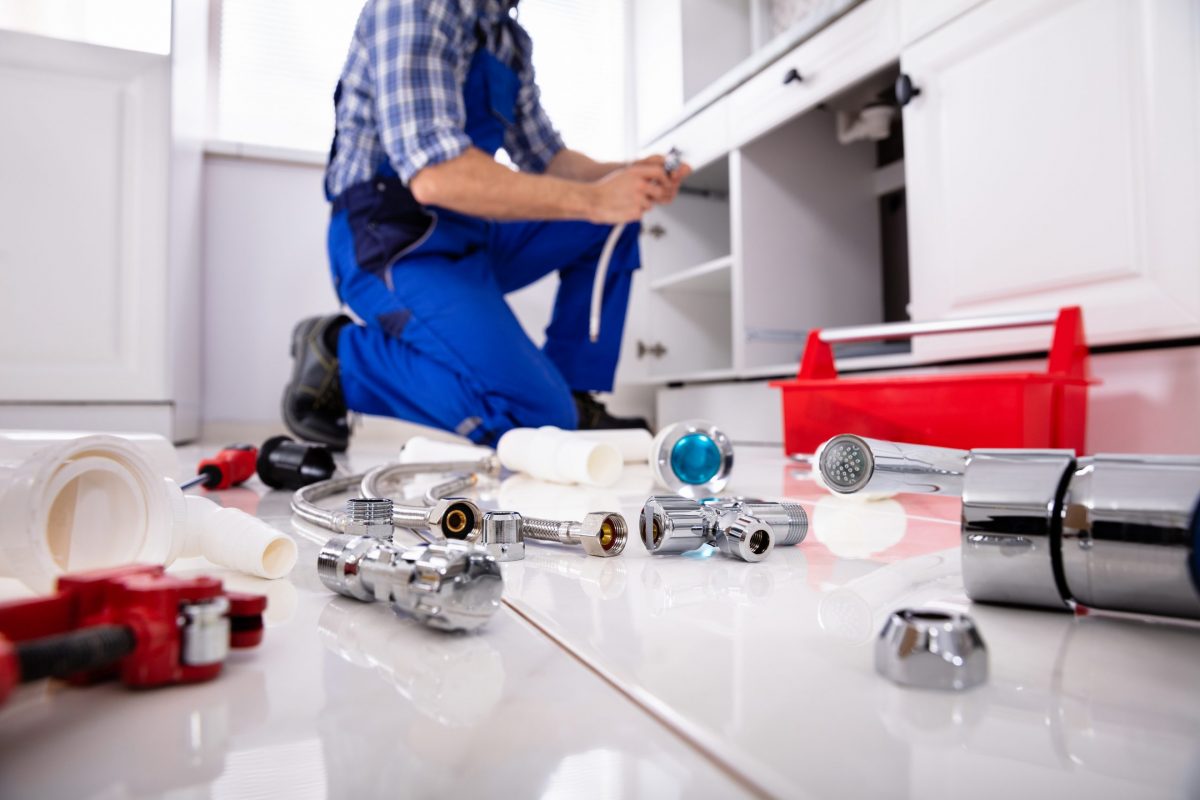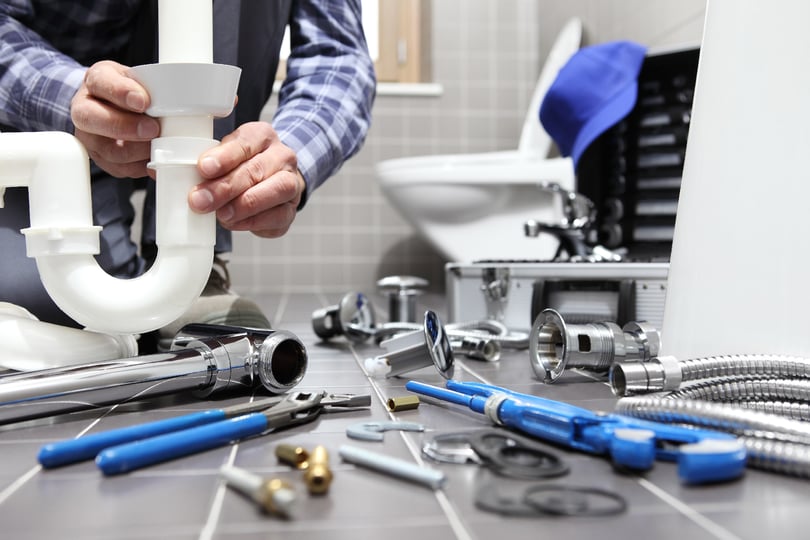Determining Between DIY Piping and Professional Services: How to Consider
Determining Between DIY Piping and Professional Services: How to Consider
Blog Article
The publisher is making a number of good pointers related to When to DIY and When to Call a Professional Plumber overall in the article underneath.

Intro
Plumbing issues can range from minor aggravations to significant migraines, usually motivating homeowners to decide between tackling the problem themselves or calling in an expert plumbing technician. Understanding when to DIY and when to seek specialist aid can save time, money, and prevent possible catastrophes. This short article explores the variables to take into consideration when making this important decision.
Advantages of DIY Pipes
Handling plumbing jobs yourself can be gratifying in several means, particularly for less complex projects.
Complexity of Tasks
Some pipes issues need customized understanding and tools past typical homeowner capacities. Mishandling intricate problems can bring about additional damages and pricey fixings.
Safety Problems
Working with pipes systems entails risks such as direct exposure to water damages, potential for electrical risks, and taking care of devices incorrectly. Security preventative measures have to be observed to prevent accidents and make sure efficient repair work.
Indicators to Call an Expert Plumbing Professional
Identifying when a pipes concern goes beyond do it yourself abilities is vital to stop worsening problems.
Indicators of Facility Problems
Examples include:
Trigger professional treatment is required to address these problems effectively and decrease damage.
Do It Yourself Plumbing Tips
For effective DIY pipes, it's essential to be prepared with the right devices and follow correct procedures.
Fundamental Devices and Materials
Secret devices for do it yourself pipes:
Step-by-Step Guides
Clear guidelines ensure safe and efficient DIY repair services:
Selecting the Right Time to Do It Yourself
Establishing when to tackle pipes jobs yourself requires assessing both the intricacy of the problem and personal convenience degrees.
Assessment Checklist
Take into consideration:
Price Cost savings
Do it yourself plumbing tasks commonly save cash by avoiding specialist service fees. Jobs like repairing small leaks, replacing taps, or installing brand-new showerheads are instances where property owners can take care of repair services without hiring a plumbing professional.
Skill Enhancement
Taking part in do it yourself plumbing supplies a possibility to find out and improve practical abilities. Basic tasks encourage homeowners to recognize their pipes systems much better and acquire confidence in managing small repair work independently.
Risks of Do It Yourself Plumbing
While DIY tasks use benefits, certain threats ought to be carefully taken into consideration before attempting repair services.
When to Most Definitely Call an Expert
Particular circumstances require instant experienced interest to stop comprehensive damages or safety and security threats.
Emergency Circumstances
Instances consist of:
Searching for and Working With a Specialist Plumbing
Picking a certified plumber guarantees trusted service and comfort in resolving plumbing problems.
Standards for Option
Factors to take into consideration:
Price Evaluation: DIY vs. Professional Services
Comparing the monetary ramifications of DIY initiatives versus expert plumbing services aids in making educated decisions.
Financial Considerations
Assess:
Verdict
Determining whether to do it yourself or call a professional plumber rests on comprehending the intricacy of plumbing problems and personal abilities. By weighing the advantages and risks, home owners can make informed selections that promote effective upkeep and protect their homes from pipes catastrophes.
DIY Plumbing Projects: What Homeowners Can Do and When to Call a Professional
Welcome to our comprehensive guide on DIY plumbing projects. In this blog post, we aim to empower homeowners with the knowledge and skills to tackle basic plumbing tasks around the house. From unclogging drains to fixing a leaky faucet, we’ll walk you through step-by-step instructions on how to handle these common issues.
However, not all plumbing problems can or should be solved with a DIY approach. Recognizing when a problem is beyond your skill level and requires professional intervention is just as important as knowing how to perform basic tasks. We’ll also discuss the signs that indicate it’s time to put down your tools and pick up the phone to call a professional plumber. By understanding when to DIY and when to call a professional, you can save time, avoid potential disasters, and ensure your home’s plumbing system remains in top shape.
Understanding Plumbing Basics
Before we dive into the DIY projects, let’s take a moment to understand the basics of your home’s plumbing system. A typical residential plumbing system consists of two major components: the water supply system, which brings fresh water into your home, and the drainage system, which removes waste water. These systems are made up of a network of pipes, valves, and fixtures that work together to deliver clean water and dispose of waste efficiently.
Regular maintenance of your plumbing system is crucial to prevent minor issues from escalating into major problems. This includes tasks like checking for leaks, removing minor clogs, and ensuring your pipes are insulated for winter. By performing these tasks regularly, you can extend the lifespan of your plumbing system, save money on water bills, and maintain the comfort and hygiene of your home.
In the following sections, we’ll explore some common DIY plumbing projects that homeowners can handle, as well as situations that require the expertise of a professional plumber. Whether you’re a seasoned DIY enthusiast or a beginner, this guide will provide you with valuable insights into the world of home plumbing.
DIY Plumbing Projects Homeowners Can Handle
Plumbing may seem intimidating, but there are several tasks that homeowners can confidently tackle with a little guidance and the right tools. Here are a few common issues you might encounter and how to address them.
Unclogging Drains
Use a Plunger: This is your first line of defense. A good old-fashioned plunger can dislodge the obstruction and clear the drain in many cases. Try a Plumber’s Snake or Hand Auger: If the plunger doesn’t work, a plumber’s snake or hand auger can reach deeper into the pipe to break up the clog. Use a Drain Cleaner: If physical methods fail, a chemical drain cleaner can dissolve the clog. However, use these products sparingly as they can damage your pipes if overused.

I hope you enjoyed reading our article on . Thank you for taking time to read our posting. Sharing is caring. Helping people is fun. Thank you for your time spent reading it.
Pricing Report this page